News
International recognition for street research
Posted 05 07 2019
in News

Urban Science academic journal June 19
Kess Aleksandrova’s Master’s research on residential street infrastructure retrofits has been published in the international peer-reviewed open-access academic journal Urban Science. The paper was co-authored by her supervisors Dr Wendy McWilliam and Dr Andreas Wesener. It was selected for the journal’s June 2019 cover story (Volume 3, Issue 2).
The paper uses a systematic literature review and an adapted landscape services framework to analyse the status of retrofit research in residential streets in North America, Western Europe and Australasia. It discusses the extent of spatial integration of green, grey, and green-grey street infrastructure.
Residential streets, particularly in car-dependent suburban locations, have frequently been perceived as ecologically unsustainable, antisocial, unhealthy, and aesthetically dull. However, residential streets can be retrofitted with improved functions and appearance through the integration of novel green and grey infrastructures.
Integrated infrastructures can help mitigate some pressing urban problems, for example the negative aspects of densification or extreme weather events connected to climate change. However, while studies identified the need to retrofit existing residential streets and emphasised many benefits with regard to integrated infrastructure systems, little is known about whether it is occurring, what infrastructures are being implemented, how, and to what effect. The paper fills this research gap by systematically analysing the academic literature on street infrastructure retrofits.
The findings suggest a trend toward increased grey and green-grey infrastructure integration. However, functional connectivity is often lacking, and while barriers to implementation have been suggested, few have been tested. The lack of connectivity at the network scale was apparent in studies evaluating retrofits of multiple components for altering street user behaviours. However, the amount and scope of current research in this field is limited. More studies that evaluate multiple physically and/or functionally connected green-grey infrastructures across streets or catchments, and their relationships with other green and grey components within storm-water networks are needed.
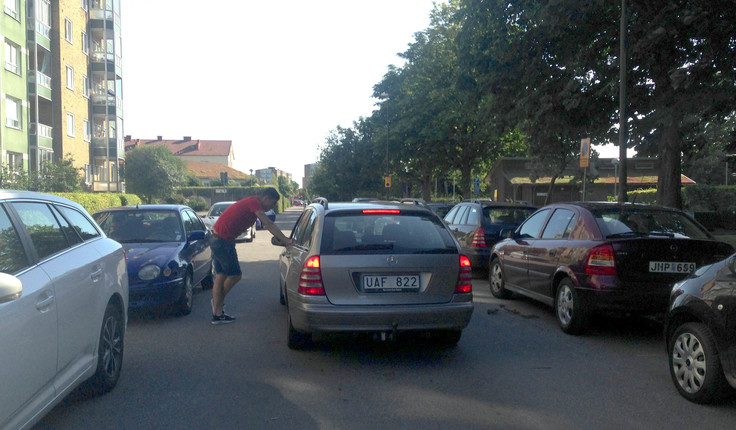
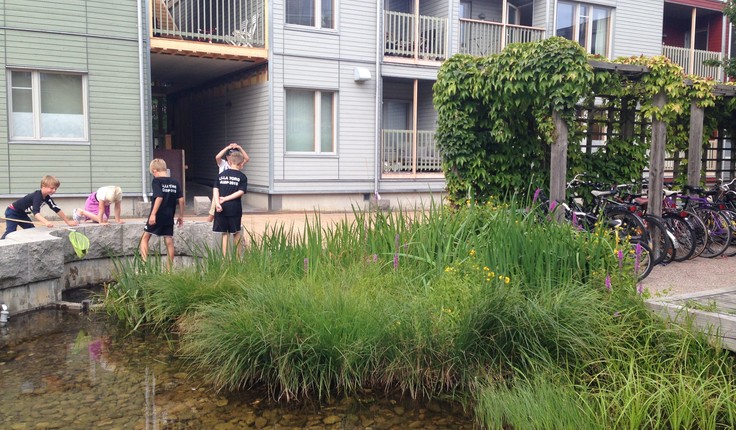
It is possible that retrofits have occurred, but have not been studied, or papers may not have been published regarding their attributes and effectiveness. One would expect that landscape architects are highly involved; however, the literature review suggests they may not be playing a significant role in infrastructure retrofit research and publication. The disciplines, fields of study, journal titles and research questions suggest that retrofit research is dominated by engineering and transport planners. Academics and practitioners of Landscape Architecture seem to be missing from this highly relevant field of research and practice – but why?
The answer might be two-fold. On the one hand, studies found that while practicing landscape architects frequently apply scholarly information concerning sustainable design, site engineering, construction technologies, plants and materials, and grading and circulation, academic landscape architects tend to publish more often in such areas as landscape history, theory, perception, and education.
On the other hand, practitioners are often excluded from the research process. They may be concerned that implementing and testing innovative infrastructure is risky. Landscape architecture practices need to feel confident that their businesses will not be detrimentally affected by potentially unsuccessful attempts at innovation. Is there a way out of this dilemma?
Collaborating with academics, who can help evaluate and publish results anonymously, if required, may be the answer. In addition, practitioners may support and fund infrastructure evaluation research of their staff through part-time research degrees. This is common practice in other disciplines, such as engineering and medicine, where industry-based research and development and industry-university collaborations play key roles in advancing theory in support of their professions.
Lincoln University offers four new full tuition scholarships for one-year Master’s aimed at professionals for conducting research. They have been sponsored by Di Lucas and Ben Smith and are related to research within rural landscapes. Likewise, it would be great if industry scholarships that address urban issues such as infrastructure retrofits in streets, were offered in the future. The School of Landscape Architecture (SOLA) at Lincoln University conducts research in the realms of green, grey and green-grey infrastructures.
The full paper has been published under the terms and conditions of the Creative Commons Attribution (CC BY) license and can be accessed free of charge here.
Share
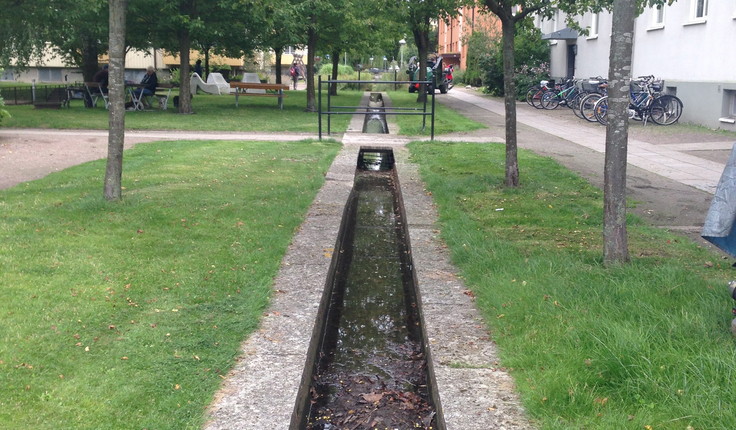
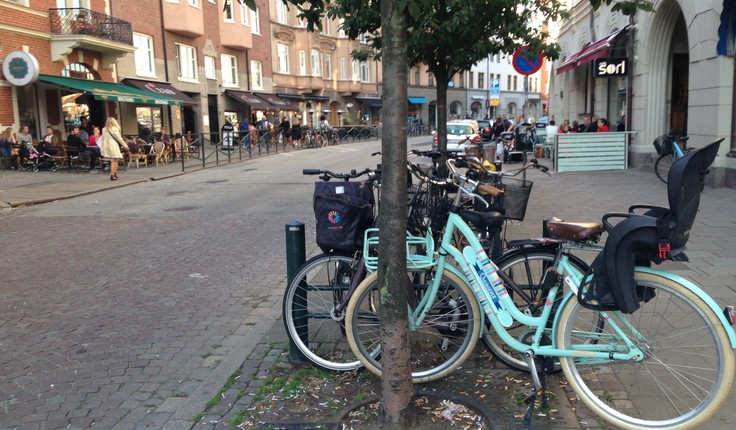
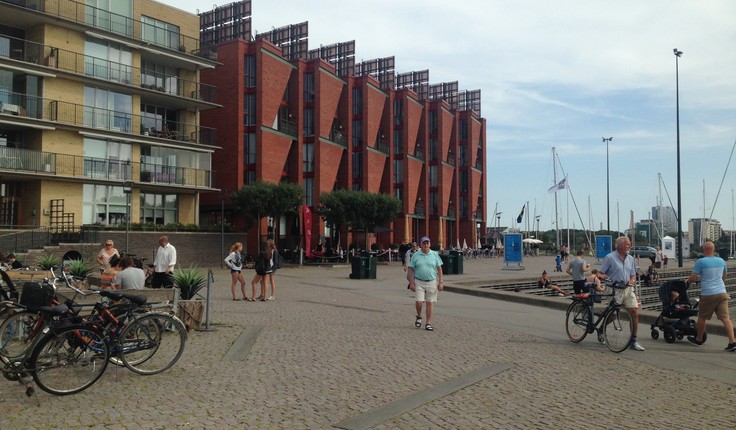
19 Dec
Christmas break 2025

see you from 12 January
As we wrap up another big year, we’re taking a moment to pause, breathe, and enjoy a well-earned break. Meri …
18 Dec
President’s update

December 2025
Earlier this month I attended the Ngā Aho Māori Design Professionals Wānanga-ā-Tau at Te Aranga Marae in Flaxmere. Tuia Pito …
18 Dec
Awards 2026 update

An update as we warm up for the 2026 Awards kaupapa. Submissions will open in March and will run for …
Events calendar
Full 2025 calendar